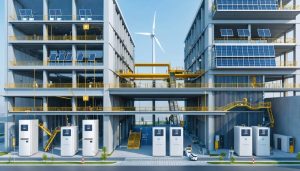
OSHA’s Construction Safety Standards: What Every Project Manager Must Know in 2024
Construction safety compliance saves lives and protects businesses, making OSHA construction regulations the cornerstone of modern jobsite management. Each year, preventable accidents cost the construction industry billions in losses, medical expenses, and productivity disruptions. Yet implementing comprehensive safety standards reduces workplace incidents by up to 85% while delivering measurable returns on investment through decreased insurance premiums and improved operational efficiency.
Recent …









